We're saddened by the tragic crash this week of a tour helicopter on Molokai. Five were killed when their Blue Hawaiian Helicopter crashed in stormy weather. While the total number of Hawaii helicopter crashes has decreased in recent years, those that occurred have been increasingly more fatal.
Helicopter and ultra-lights in Hawaii are subjected to some of the most quick-changing weather conditions found anywhere. Visibility here can drop to near zero in moments especially when the weather is unstable.
60 Crashes In The Last 30 Years
Blue Hawaiian, which flies on all the islands, hadn't had a crash since 2000 when one of their craft crashed on Maui. In that incident which also involved a mountainside collision, seven people were killed. The NTSB found that it was caused by pilot error in failing to maintain adequate altitude.
In 2007, there was a crash of a Heli-USA craft at Kauai's Princeville Airport and prior to that there was a 2005 crash that killed 3 and a 2004 crash that killed five on Kauai.
In total this lastest incident makes 60 total crashes and 17 fatal ones in the past 30 years. Of the 59 prior incidents, aircraft malfunctions were the most common cause, typically loss of power caused by improper maintenance. In total Fifty passengers and 10 operators have died.
Regulations were put in place in more than a decade ago that defined minimum altitudes and clearances and implemented other rules and safety equipment. Since then, however, the number of crashes that have resulted from low visibility in rain and clouds increased from 5 percent to 32 percent of all helicopter tour crashes.
There remains controversy regarding an FAA proposal establishing a minimum altitude of 1500 feet in order to avoid obscured mountain peaks that are frequently found in Hawaii. Hawaii operators believe that the increased altitude could result in additional crashes from reduced visibility in clouds often present at higher altitudes.
Ultralights
We've also written about Hawaii Ultralight safety and crashes a number of times before.
Does the recent crash impact your decision to take a Hawaii helicopter tour?
I realize that helicopter tours are an activity that many visitors to Hawaii enjoy. I can relate completely. Not long ago I had the opportunity to fly in a small float plane over a glacial lake. I researched it and found that a plane of the same type had not long before crashed at the very same location. I took my chances, and, although somewhat nervous, had an incredible flight that I'll never forget.
Get Breaking Hawaii Travel News
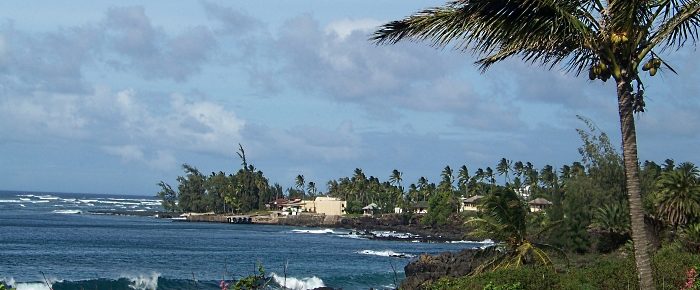

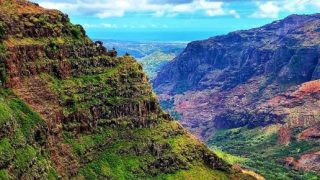
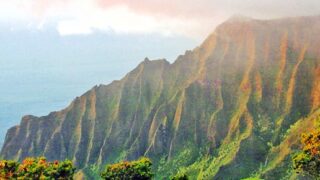
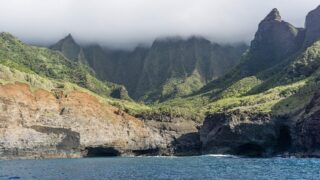
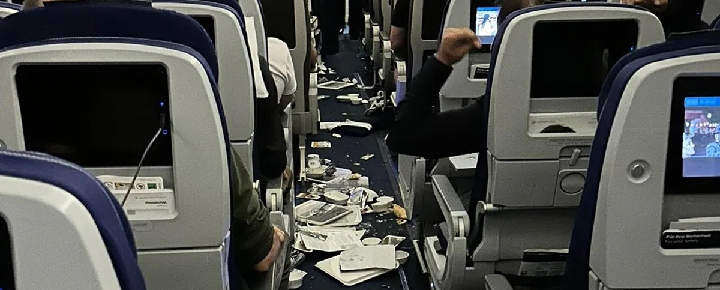
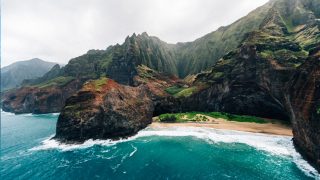

TJ – your list is most nteresting. My hubby won’t fly in helicopters – PERIOD. Most of the ones on your list I have never hear of. Are they smaller operations or do they just not advertise as much as Blue Hawaiian? How long have the companies in the first list (with fatalities) been in business?
Friends came with us in 2005 and flew Blue Hawaiian over the Big Island and loved it. It was a gorgeous, clear day. No problems – thankfully. We didn’t do that excursion with them.
But knowing about safety records should be very helpful for those thinking of taking one of these trips. My first choice in airlines locally is SWA for that very reason! That and their decent customer service and no hassle bags and change policies.
Thanks for this information!! I know it will be helpful to MANY who visit the islands and want to see them from the air.
Jeff – maybe you can do some research on these other companies. I am sure that many of us ‘tourists’ do what most do – go with the one who advertises the most. With that said – I know we won’t be flying in a helicopter ourselves – but others would then have a knowledge base from which to draw.
Here are the FACTS
Fatal tourist helicopter accidents since 2000
2011 – BLUE HAWAIIAN – 5 people killed – Molokai
2005 – HELI USA – 3 people killed – Kauai
2004 – BALI HAI – 5 people killed – Kauai
2003 – JACK HARTER – 5 people killed – Kauai
2003 – PARADISE – 4 people killed – Big Island
2003 – TROPICAL – 3 people killed – Big Island
2000 – BLUE HAWAIIAN – 7 people killed – Maui
List of Hawaii helicopter companies who have been in business since before 2000 and not killed a single person.
AIR MAUI (Maui) – open 1992 (no fatalities)
SAFARI (Big Island) – open 1987 (no fatalities)
SUNSHINE (Maui, Kauai, Big Island) – open 1985 (no fatalities)
ALEX AIR (Maui) – open 1991 (no fatalities)
INTER-ISLAND (Kauai) – open 1985 (no fatalities)
NIIHAU HELICOPTERS (Kauai) – open 1986 (no fatalities)
ISLAND HELICOPTERS (Kauai) – open 1980 (no fatalities)
MAKANI KAI (Oahu) – open 1988 (no fatalities)
On our second visit to the islands, we stayed our second week on Kauai. We took the obligatory helicopter flight around the island on Blue Hawaii Helicopter tours. The pilot was a younger man who, at the end of the tour, flew us out over the ocean off the Na-pali coast. There we saw Humpback whales leaping into the air and splashing back down into the ocean.
Several years later, we brought my parents with us and visited Maui. My entire family, including my wife flew on another helicopter tour around Maui and Molokai and Molokini. Spectacular.
When I hear of an accident like this, I can't help but think of my own helicopter flights and think of what may have happened…in the second instance, my entire family could have been wiped off the planet! Scarey when you think of it…and as I enjoyed sharing the helicopter tour with my loved ones, I'm sure that there were loved ones among the 5 people on this tour and it is an eye opener.
I plan to visit the big island next year and plan to take a helicopter tour over the lava fields…will this make me not want to do this? No, but it *will* make me think a little harder about the decision…
There are dangerous activities all over the islands…swimming in dangerous waters, bicycling down an volcano, ziplining across the canopy of a tropical forest…Some of these things you have control over, and some you don't. You just have to make the decision that's right for you…
Hi Ed.
Thank you!
Jeff
I find it difficult to believe that the weather changes so quickly that it's unavoidable by a helicopter. Clouds generally don't move at the speed of a helicopter. I suspect it's more a matter of economics. A helicopter on the ground doesn't earn its lease payments. And I suspect the pilots are also only get paid when they are airborne.
I took a helicopter tour over the southern part of the Big Island about 10 years ago (from Hilo, to Kilauea and Volcano National Park). The weather was fairly mediocre, but the area was fairly flat, so I don't think there was a significant risk. It was an awesome experience (despite the weather) to see the volcano and some small lava flows from the air. And I would definitely consider doing it again (but frankly, only on the big island with active lava flow… the other islands I can expore from the ground). I wonder how a helicopter trip compares (risk-wise) to renting a car or scooter and driving around the islands.
Hi Oliver.
Good to hear from you.
I don’t disagree. The point I raised was from a pilot flying here in Hawaii. He said you can fly into a valley, but by the time you turn around to fly out, the visibility can be gone. Seeing the incredibly fast pace of storms in the past couple of weeks, I get it. I’ve gotten drenched several times when things looked great one minute, and a torrential downpour happened moments later.
Aloha,
Jeff